Is your female horse suddenly acting strange?
Do you suspect your mare is in heat?
Understanding her estrus cycle is important if this is your first time owning a horse.
Horses in heat can be stubborn and dangerous to handle if you don’t know the signs to look out for.
In this article, I will explain everything you need to know about the horse heat cycle. You will also find helpful tips on how to handle your mare during this time.
Let’s jump right in!
As a general rule, horses have their first heat cycle when they turn one year, and the cycle stops when the horse is about 20 years old. The cycle lasts three weeks, and the horse will be in heat for two to five days, but this may vary slightly depending on factors such as their age, season, and location.
When Do Horses Go Into Heat?
Horses typically begin their breeding season in April all through to September, during which time the mare may produce one or multiple follicles as part of the reproduction cycle.
While humans are in breeding mode throughout the four seasons, horses are ‘off’ during the winter and fall.
Aside from the seasons, other factors affect when a horse goes into heat. A filly will typically have her first heat season when she is a year old.
Some may start their cycle slightly earlier or later than this. This depends on whether stallions around or mares in the vicinity are preparing to go into heat themselves.
Stallions are always on and ready to breed any time. Mares will usually stay in heat for about 2 to 5 days, but it is common for some to experience heat for up to 8 days.
Signs of A Mare in Heat
Mares in heat will behave strangely and can become quite aggressive even to the owner.
There are a few signs to which you need to pay attention.
First, you will notice that the horse lifts the tail to expose a winking vulva. The vulva will kind of pulsate by opening and closing.
The horse will also produce a lot of mucus around the pulsating vulva and may urinate frequently and with more pressure.
A mare in heat will also seem lethargic. She might not be up to the usual hard work and play she is normally used to. The horse will also seem distracted, and for those few days, her attention will not be on you.
A few days before the mare comes to heat, she will be irritable and sensitive. Be careful when handling your horse at this time because she is more prone to biting and kicking and won’t even spare the owner.
The raging hormones cause the poor mare to be distracted and easily startled. She might also feel pain in the ducts due to the growing follicle and pulsating vulva, much in the same way as women experience menstrual cramps.
Therefore, your horse will be more sensitive to touch and may respond by kicking if you creep up on her from behind and touch her suddenly.
The signs of a mare in heat intensify over a few days and will stop suddenly as soon as her ovulation period starts.
Handling Mares In Heat
Mares in heat can be difficult and even dangerous to handle, especially if you are inexperienced or are a first-time horse owner.
But, when treated properly, you and the mare will come out of the heat season without much of a hassle.
When a hare is in heat, there is nothing special you need to do unless, of course, you want to set her up with a stallion for breeding.
That said, there are some DON’TS when handling a mare in heat.
- Avoid approaching the horse from behind. When caught unawares, a mare in heat is easily startled and will throw hard and potentially fatal kicks.
- Start from the neck and shoulders and work your way back to the flank area when grooming. Be extra gentle; any tagging, pulling, picking, or slight pain may cause the horse to misbehave.
- Don’t force your horse to work as usual when in heat. She will be distracted a lot so try to engage in low-key activities instead. Changing gait, jumping combinations, and ground poles are suitable activities during this time. You could also try long, relaxed rides.
Lessen pain and irritability by giving your mare pain relief medication such a Banamine. If you aren’t too sure about this medication, it is best to consult with your vet.
When Will A Horse’s Heat Cycle Stop?
Different horses stop going into heat at different times. The estrus cycle will typically stop when the horse is 20 years old.
The heat cycle might stop in some horses when they are lightly younger at 16 or 18 years old. The older the mare, the lower their chances of becoming pregnant.
As mentioned earlier, horses will be in heat for two days to a maximum of eight days. The mare’s reproductive cycle is slightly shorter than a female human, typically lasting three weeks.
Sometimes, horse owners wonder whether you can stop a horse from going into heat.
You can stop a horse from going into heat. There are several reasons why you might want to do this. For example, you might want to show the horse in a competition, which can be difficult when it is on heat, and there are other horses, possibly stallions, around.
Riding a mare on heat can also be dangerous to the rider and the horse. Remember, the horse is quite distracted and irritable and can engage in erratic behavior.
If you must show or ride the horse, you can stop it from going into heat. You can use medication or a sterilized marble.
How To Stop A Horse From Going Into Heat
1. Medication
The quickest way to stop your horse from showing when in heat is using medications, which work like birth control pills.
A popular choice is Regumate. This medicine is typically used when you do not intend to breed the horse in the near future.
This medicine can cause temporary infertility. The drug may take some time to wear off, and the horse may not regain fertility for a while. Regumate is best used for show mares.
Regumate can minimize sexual behavior that interferes with show or work. But, it doesn’t regulate the horse’s irritability or sensitivity and may make the horse feel worse.
It is strongly recommended not to get Regumate on your skin. If absorbed into your blood, this drug can actually cause infertility in men and women.
The other option is oxytocin. This hormone is responsible for conception and birthing. However, administering a certain amount of oxytocin will make the horse’s uterus think it is already pregnant, and the horse will stop showing estrus.
2. Intrauterine Marbles
Intrauterine marbles are small glass marbles about 35 mm in diameter placed in the horse’s uterus to minimize sexual behavior.
Most marbles are glass, but others can be plastic or stainless steel. They work like the intrauterine devices human females use as a form of birth control.
The ball helps to retain the corpus luteum after ovulation. As such, progesterone levels remain high enough, preventing the mare from going into heat.
Your veterinarian will help with this process. The ball is first sterilized in an autoclave and then inserted into the uterus through the cervix 24 hours after ovulation and while the horse is still in heat.
Veterinarians use palpation and ultrasound to determine the best time to insert the marble. Timing is important to ensure the effectiveness of the marble.
The intrauterine marble can suppress sexual behavior in mares for about three months. The horse will regain fertility almost immediately once the marble is removed, unlike with medication.
But, leaving the marble in too long can cause infections, leading to infertility.
3. Supplements
Your veterinarian might recommend supplements as an alternative to medication and IUDs.
These supplements not only suppress sexual behavior and prevent the horse from showing estrus; they also control pain and irritability.
Herbal supplements are also not as harsh on the horse’s fertility as medication. The horse will usually regain its fertility when you stop giving the supplements.
Summary: How Often Do Horses Go Into Heat?
The reproductive cycle of a mare is three weeks long. A horse will go into heat for about 2 to 8 days, after which estrus will stop showing almost immediately.
But, these are just general guidelines; each horse is different. Understanding your horse’s cycle can help you prepare to handle her appropriately during this period.
I hope this article has helped you better understand the reproductive cycle of a horse. The tips here will also come in handy when, for some reason, you need to stop your mare from going into heat.
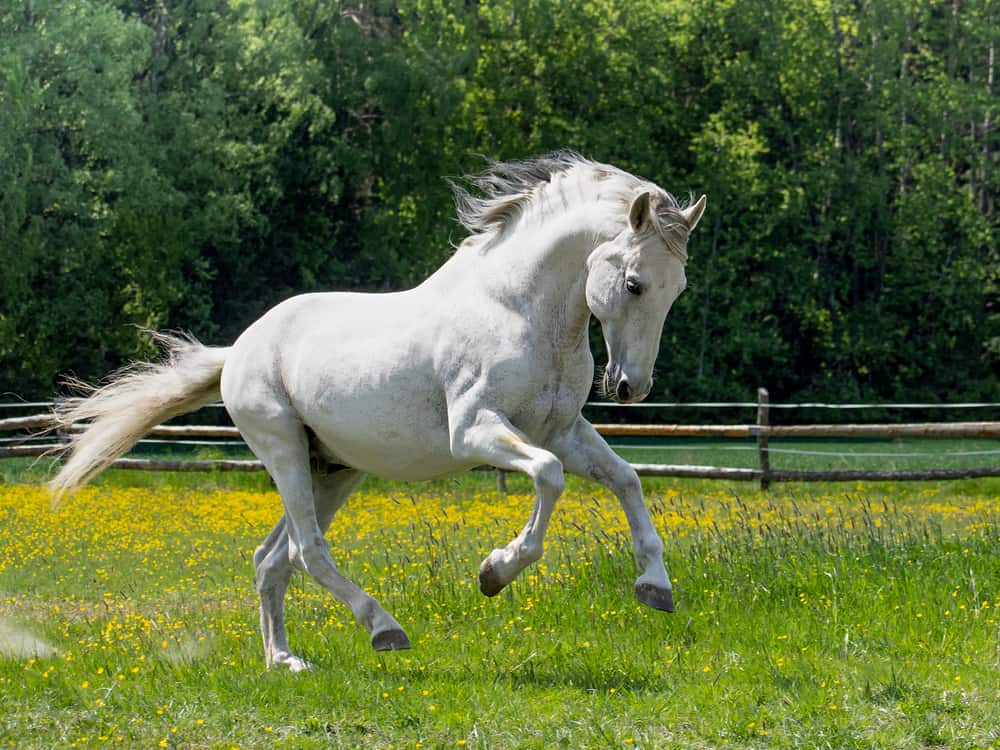
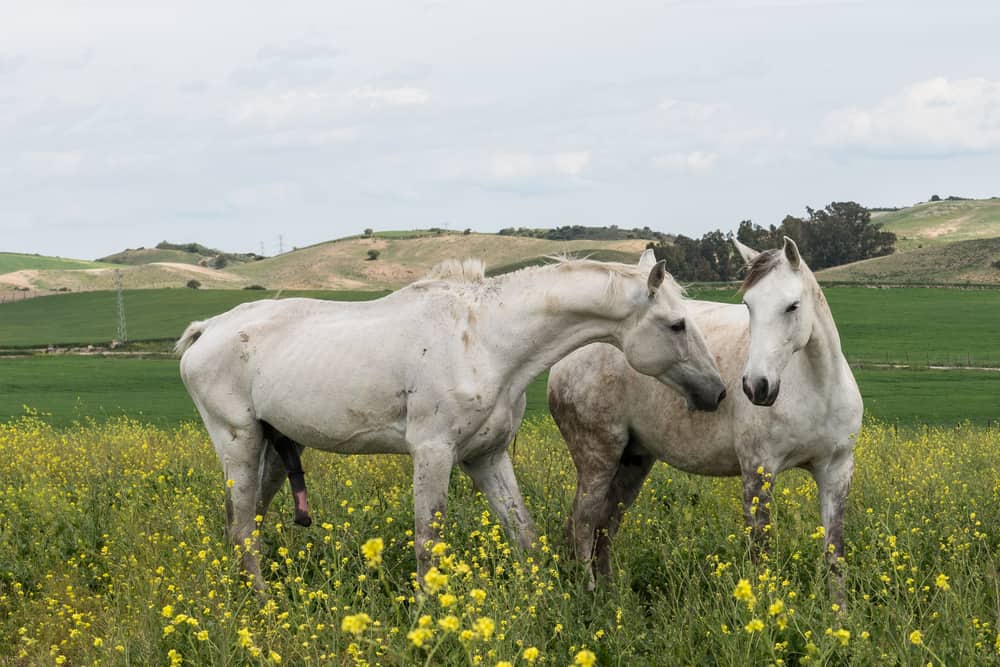
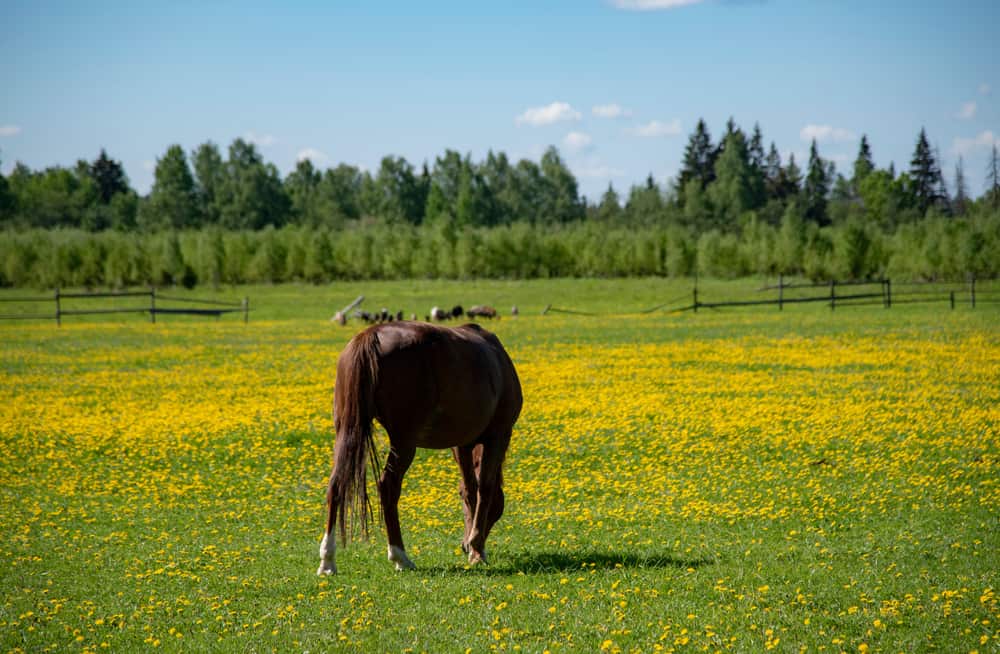
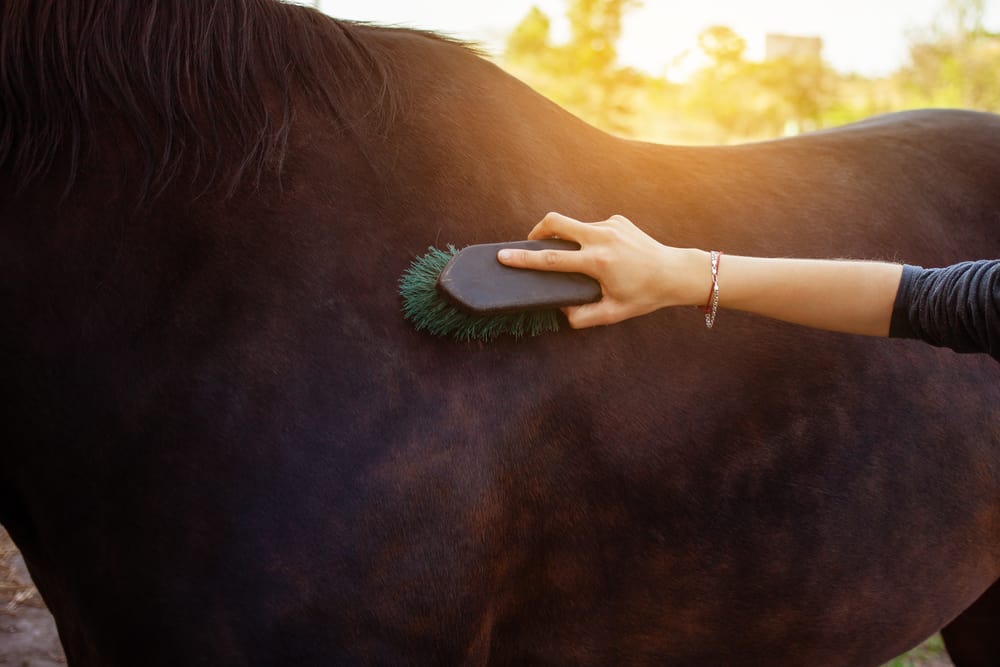
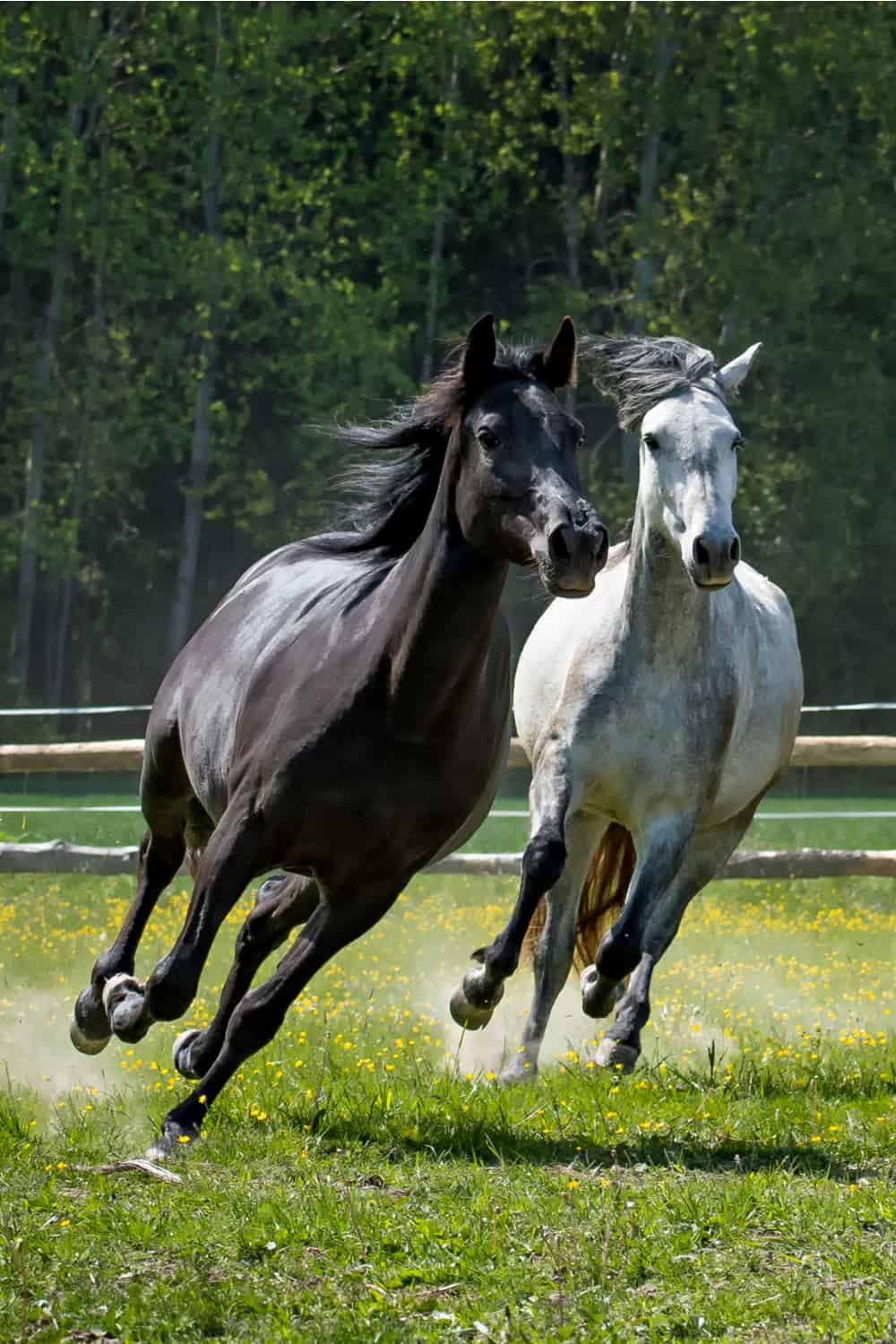
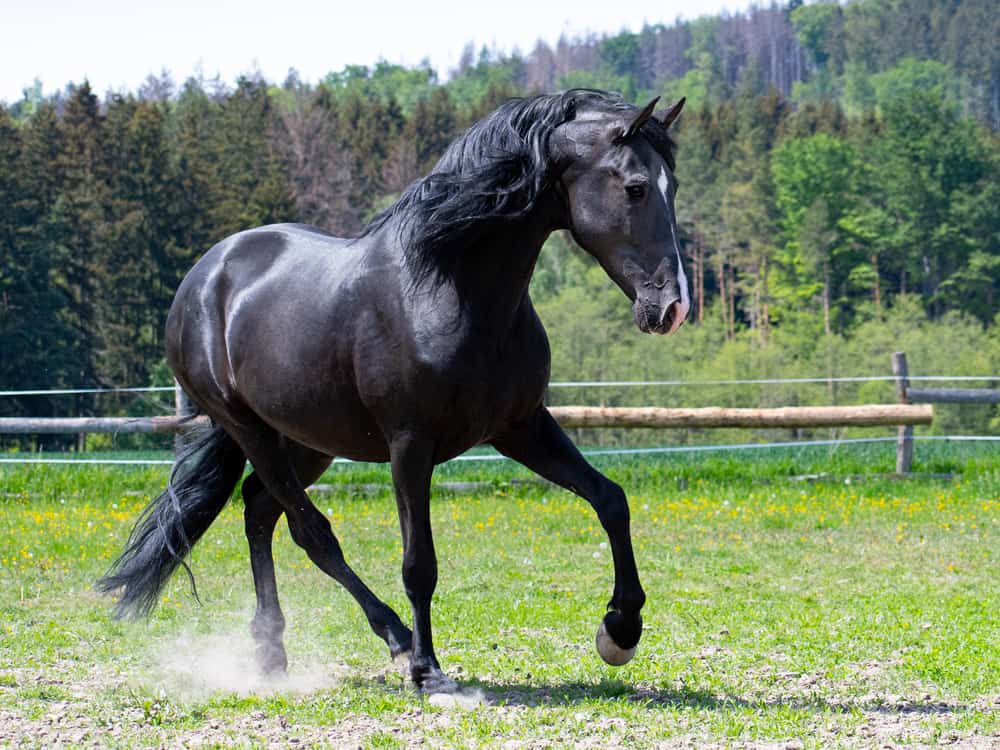








You didn’t state how many times a year the horse comes in heat. Is it once, is it 3 times a year or what?